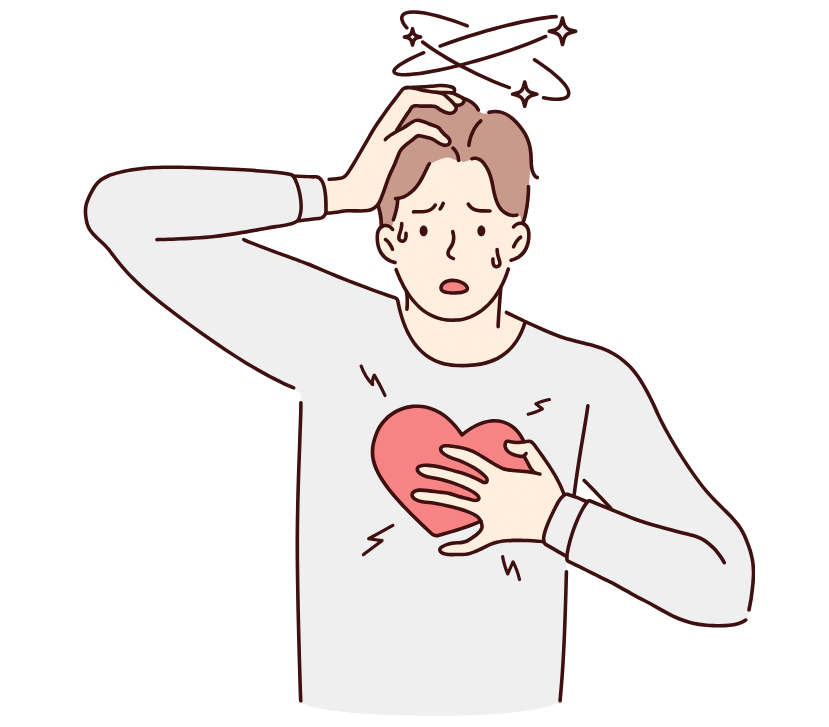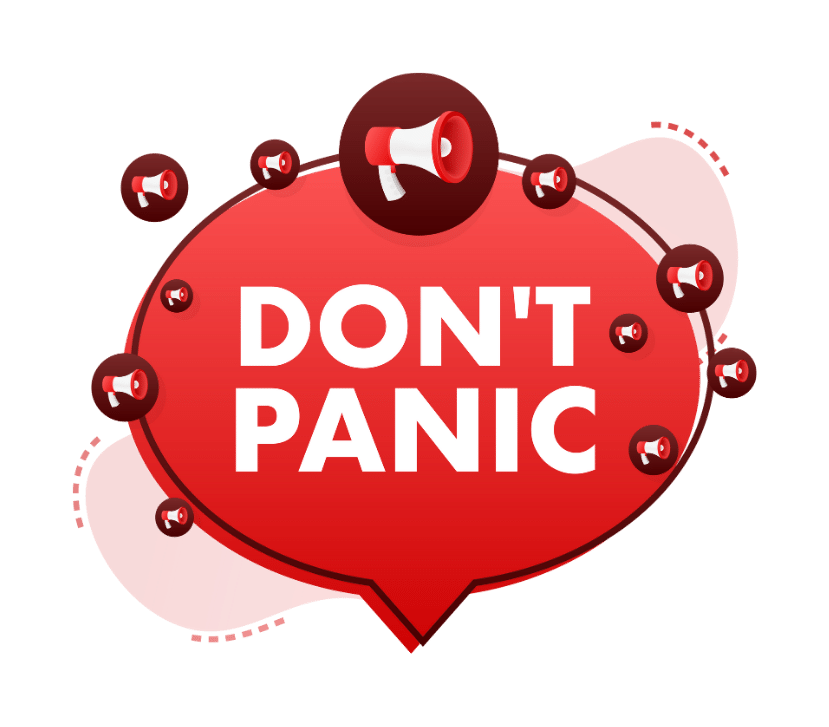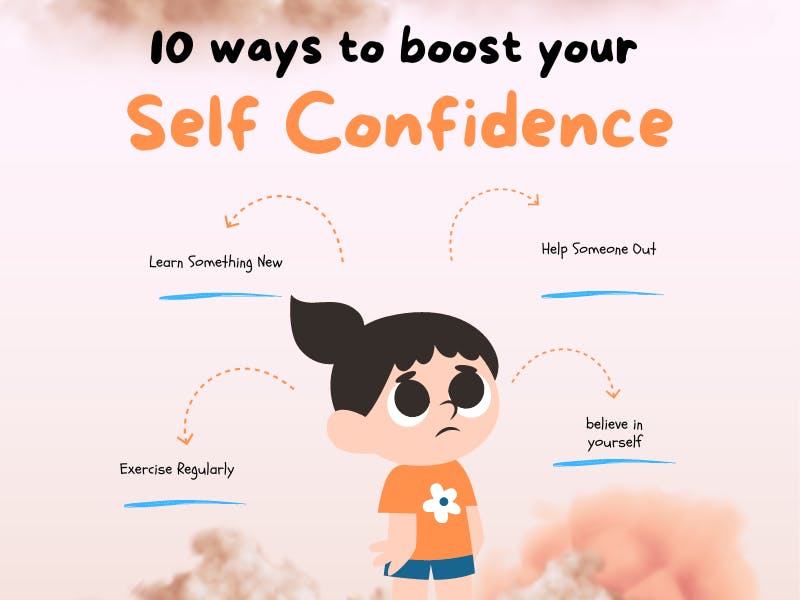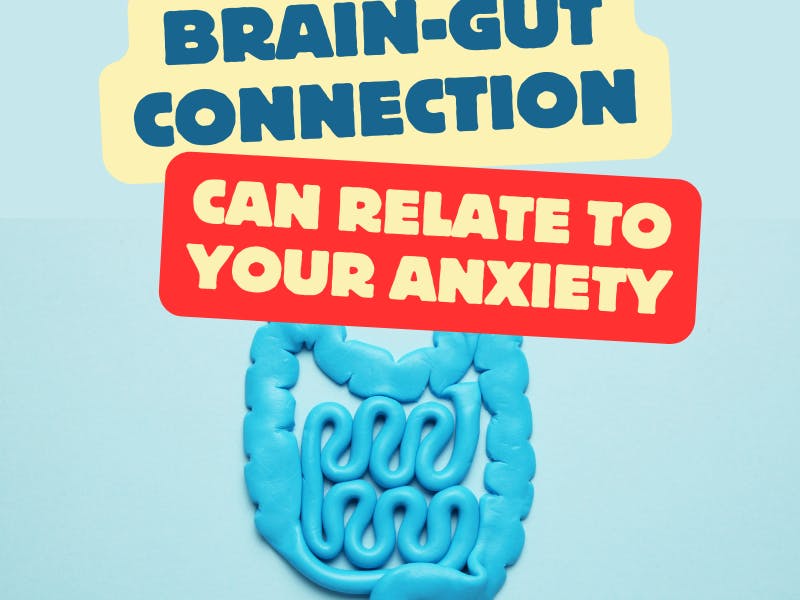
Understanding Panic Attacks: Causes, Symptoms
Apr 2, 2024
I. Introduction
Panic attacks, a type of anxiety disorder, are sudden, intense episodes of fear and dread that can leave one feeling helpless and out of control. Understanding the nature, causes, and symptoms of these attacks is vital not only for those who suffer from them but also for their loved ones and those in their immediate environment. This understanding can empower individuals to seek help, implement coping strategies, and work towards preventing future attacks.

Photo by Meghan Hessler on Unsplash
II. Understanding Panic Attacks
A panic attack is a sudden episode of intense fear that triggers severe physical reactions when there is no real danger or apparent cause. According to the Anxiety and Depression Association of America, about six million adults in the United States experience panic disorder in a given year. Panic attacks can occur at any time, and many people report feeling fearful, apprehensive, and distressed, even in the absence of danger.
Differentiating panic attacks from other disorders is crucial for understanding and treatment. While panic attacks and anxiety attacks may sound similar, they have distinct characteristics. Panic attacks occur suddenly, without an obvious cause, and can be more intense. Anxiety attacks, on the other hand, are often related to a perceived stressor or threat.
Panic attacks can also be mistaken for heart attacks, due to similar physical symptoms such as chest pain, palpitations, and shortness of breath. General Anxiety Disorder (GAD) is another condition often confused with panic attacks. While panic attacks are characterized by sudden, intense fear, GAD is marked by a persistent and excessive worry about a number of different things.
III. Causes of Panic Attacks
Panic attacks can be caused by various factors. Biological causes include genetic predisposition and physiological imbalances. If panic attacks run in your family, you're more likely to experience them. Furthermore, an imbalance in the brain chemicals may contribute to the onset of panic attacks.
Psychological factors like chronic stress, traumatic experiences, and certain phobias also play a significant role in causing panic attacks. Environmental factors, such as high-stress work environments and relationship problems, can also trigger panic attacks.
IV. Symptoms of Panic Attacks
Experiencing a panic attack can be frightening due to a host of physical and psychological symptoms that typically accompany them.
Physical symptoms can include heart palpitations, chest pain, shortness of breath, dizziness, and a feeling of choking. These symptoms can be so intense that they are often mistaken for heart attacks.
On the psychological front, individuals may experience an intense fear of losing control or a fear of dying. Some people also report feeling detached from reality or themselves during a panic attack, as if they are observing things happening around them rather than participating directly.
Recurrent panic attacks can lead to long-term effects. These can include Panic Disorder, characterized by recurrent panic attacks combined with significant periods of constant fear of future attacks. Agoraphobia, an intense fear of being in places where escape might be difficult or embarrassing, is also a possible consequence of untreated panic attacks. Moreover, panic attacks can lead to or be a sign of depression, another serious mental health condition.

V. Diagnosis and Treatment of Panic Attacks
Diagnosing panic attacks involves a combination of physical examinations, psychological evaluations, and an understanding of a person's history and symptoms. Doctors often perform a series of tests to rule out other medical conditions that might be causing the symptoms.
Once diagnosed, there are several viable treatment options. Psychotherapy, especially cognitive-behavioral therapy (CBT), has proven to be very effective in treating panic disorders. CBT helps you understand and change thought patterns that lead to harmful behaviors or feelings of distress.
Medication is another common treatment option for managing panic attacks. Selective serotonin reuptake inhibitors (SSRIs) and benzodiazepines are two commonly prescribed classes of drugs for this condition.
Aside from these, lifestyle changes can significantly aid in managing and reducing panic attacks. These include regular physical exercise, a healthy diet, adequate sleep, and avoidance of caffeine, alcohol, smoking, and recreational drugs.
Coping strategies for dealing with panic attacks are crucial for immediate relief from symptoms. Deep breathing, progressive muscle relaxation, mindfulness, and grounding techniques can help manage the intense fear and anxiety during a panic attack.
VI. Prevention of Panic Attacks
Preventing panic attacks begins with understanding the triggers and implementing lifestyle changes. Early intervention is essential, and with the right help and coping strategies, many people are able to reduce or even eliminate panic attacks.
Key lifestyle factors can play a significant role in preventing panic attacks. Regular physical activity can help reduce anxiety by boosting your mood and acting as a natural stress reliever. A healthy diet can also impact your mood and energy levels, while avoiding caffeine and alcohol can help prevent triggers of panic attacks.
Moreover, practicing mindfulness and relaxation techniques can help improve your ability to cope with stress, ultimately reducing the likelihood of panic attacks. These techniques can include yoga, deep breathing exercises, progressive muscle relaxation, or mindfulness meditation.
Social support is another crucial part of prevention. Connecting with others can help reduce feelings of isolation and help you manage stress more effectively. This can be through trusted friends and family or through support groups for people with panic disorder or anxiety.

VII. Conclusion
Panic attacks can be a terrifying and debilitating condition, but understanding their causes, symptoms, and treatment options can empower those affected to seek help and regain control over their lives. It's crucial to remember that you're not alone and that help is available.
Through the right combination of professional help, self-care, and lifestyle changes, it's entirely possible to manage panic attacks and lead a healthy, fulfilling life.
VIII. References
This article was created using reliable sources such as the Mayo Clinic, the National Institute of Mental Health, and the Anxiety and Depression Association of Americahttps://www.nimh.nih.gov/




